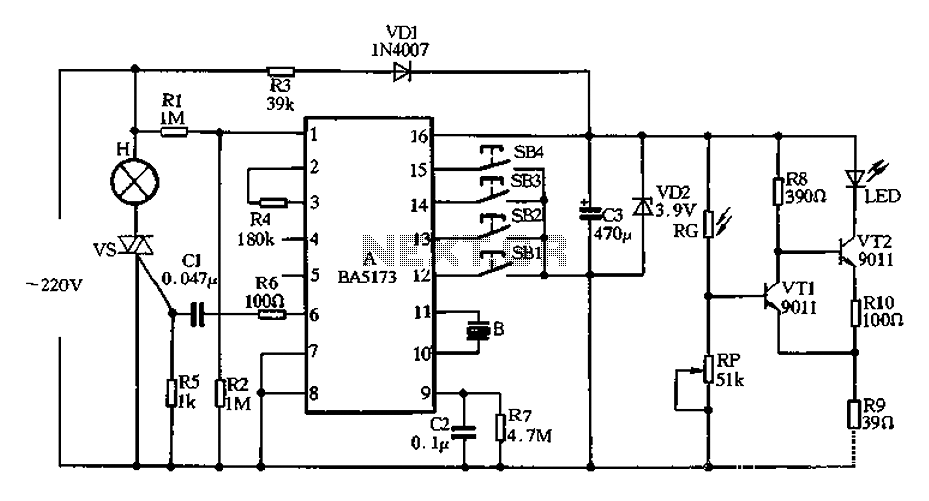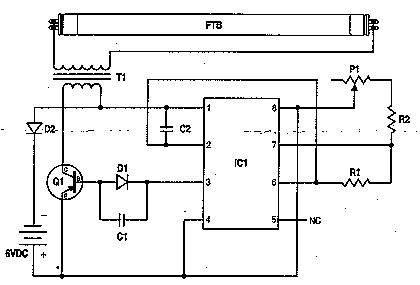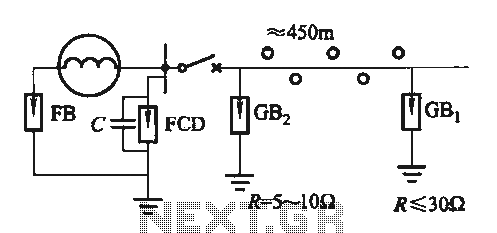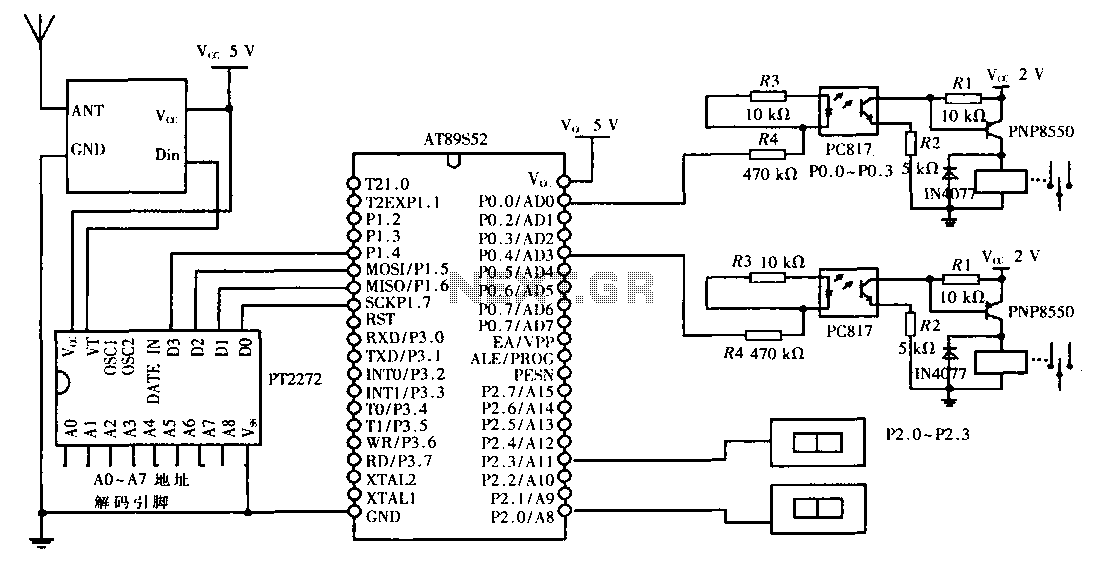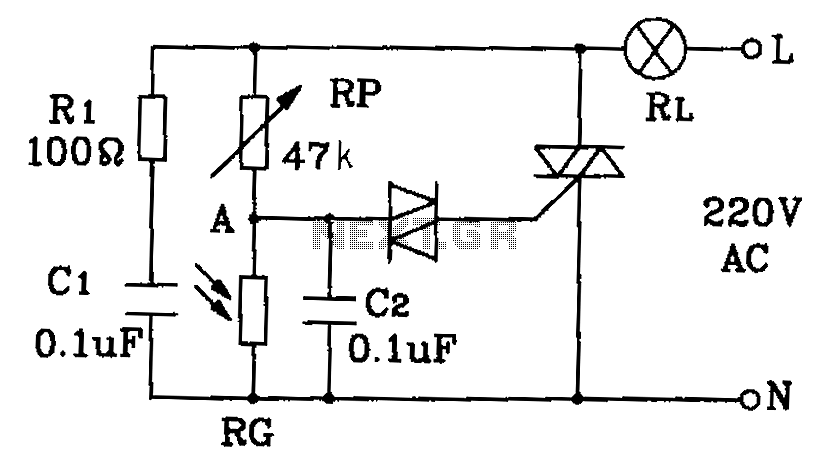
TRIAC Light Dimmer

This little circuit can be used to dim lights up to about 350 watts. It uses a simple, standard TRIAC circuit that generates very little heat. Please note that this circuit cannot be used with fluorescent lights. This circuit is for 117VAC only. 220 or 240 V will burn up the circuit. L1 can be a maximum of 350 watts. The circuit must be installed and used in a case.
The described circuit operates as a dimmer switch for incandescent and halogen lighting, utilizing a TRIAC (Triode for Alternating Current) to control the power delivered to the load. The TRIAC functions by allowing current to flow through it when triggered by a gate signal, effectively controlling the phase angle of the AC waveform supplied to the load. This results in a reduction of the average power delivered to the light, thus dimming it.
The circuit is designed specifically for 117VAC applications, and it is imperative that it is not connected to higher voltages such as 220 or 240 VAC, as this could lead to circuit failure or component damage. The maximum load capacity for this dimmer is rated at 350 watts, which must not be exceeded to ensure safe operation and to prevent overheating of the TRIAC.
Installation of the circuit should be done within an appropriate enclosure to prevent accidental contact with live parts and to ensure safe operation. Adequate ventilation should be considered, even though the circuit is designed to produce minimal heat. The use of heat sinks may be beneficial in high-load scenarios to further dissipate any generated heat.
It is important to note that this dimmer circuit is not compatible with fluorescent lights, which require a different method of dimming due to their electronic ballasts. The circuit should be connected in series with the load, and appropriate precautions should be taken to ensure that the TRIAC is correctly rated for the expected load conditions. Proper fusing should also be incorporated to protect the circuit from overloads.
In summary, this TRIAC-based dimmer circuit is a simple and effective solution for controlling incandescent lighting, provided it is used within its specified voltage and power ratings.This little circuit can be used to dim lights up to about 350 watts. It uses a simple, standard TRIAC circuit that, in my expirience, generates very little heat. Please note that this circuit cannot be used with fluorescent lights. # This circuit is for 117VAC only. 220 or 240 V will burn up the circuit. L1 can be a maximum of 350 watts. # The circuit must be installed and used in a case. 🔗 External reference
The described circuit operates as a dimmer switch for incandescent and halogen lighting, utilizing a TRIAC (Triode for Alternating Current) to control the power delivered to the load. The TRIAC functions by allowing current to flow through it when triggered by a gate signal, effectively controlling the phase angle of the AC waveform supplied to the load. This results in a reduction of the average power delivered to the light, thus dimming it.
The circuit is designed specifically for 117VAC applications, and it is imperative that it is not connected to higher voltages such as 220 or 240 VAC, as this could lead to circuit failure or component damage. The maximum load capacity for this dimmer is rated at 350 watts, which must not be exceeded to ensure safe operation and to prevent overheating of the TRIAC.
Installation of the circuit should be done within an appropriate enclosure to prevent accidental contact with live parts and to ensure safe operation. Adequate ventilation should be considered, even though the circuit is designed to produce minimal heat. The use of heat sinks may be beneficial in high-load scenarios to further dissipate any generated heat.
It is important to note that this dimmer circuit is not compatible with fluorescent lights, which require a different method of dimming due to their electronic ballasts. The circuit should be connected in series with the load, and appropriate precautions should be taken to ensure that the TRIAC is correctly rated for the expected load conditions. Proper fusing should also be incorporated to protect the circuit from overloads.
In summary, this TRIAC-based dimmer circuit is a simple and effective solution for controlling incandescent lighting, provided it is used within its specified voltage and power ratings.This little circuit can be used to dim lights up to about 350 watts. It uses a simple, standard TRIAC circuit that, in my expirience, generates very little heat. Please note that this circuit cannot be used with fluorescent lights. # This circuit is for 117VAC only. 220 or 240 V will burn up the circuit. L1 can be a maximum of 350 watts. # The circuit must be installed and used in a case. 🔗 External reference
